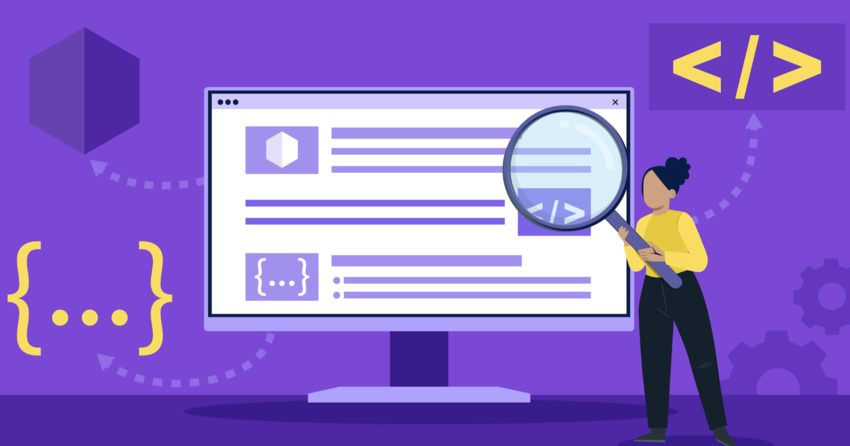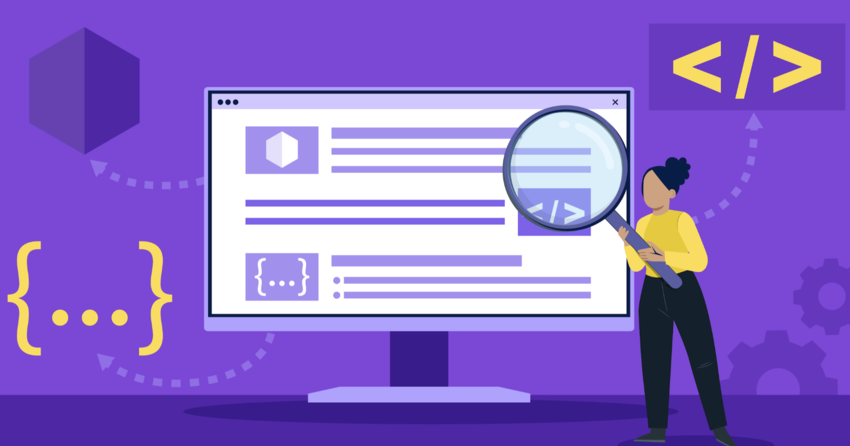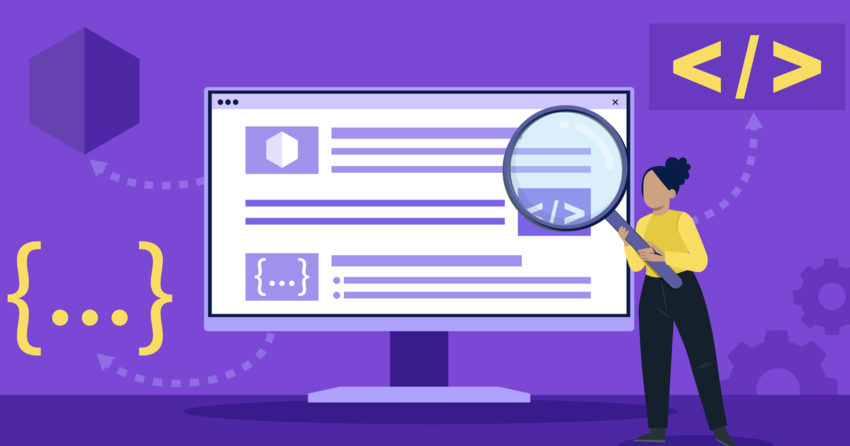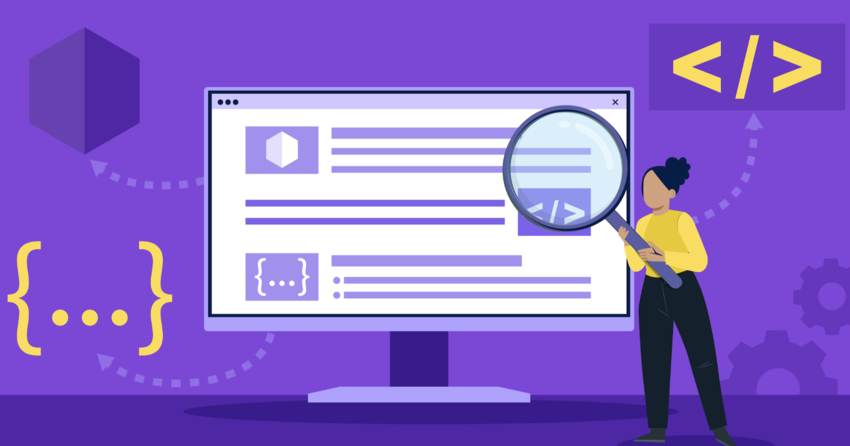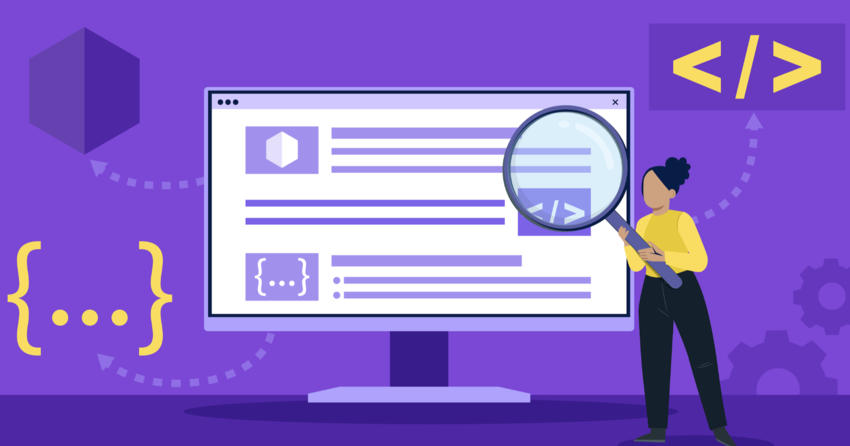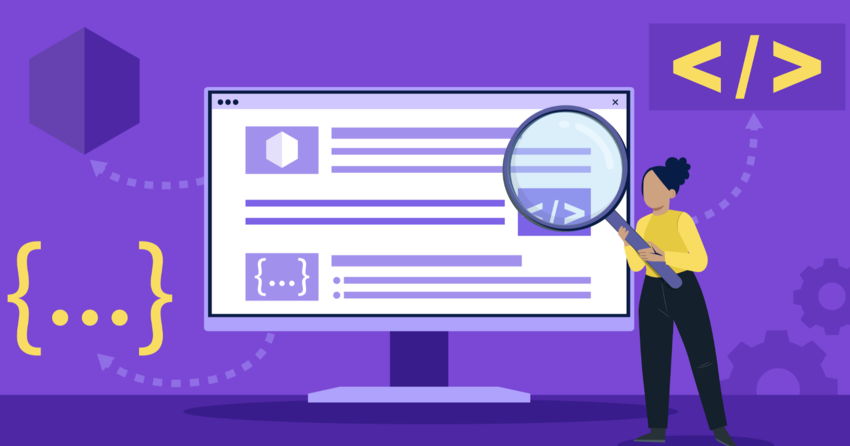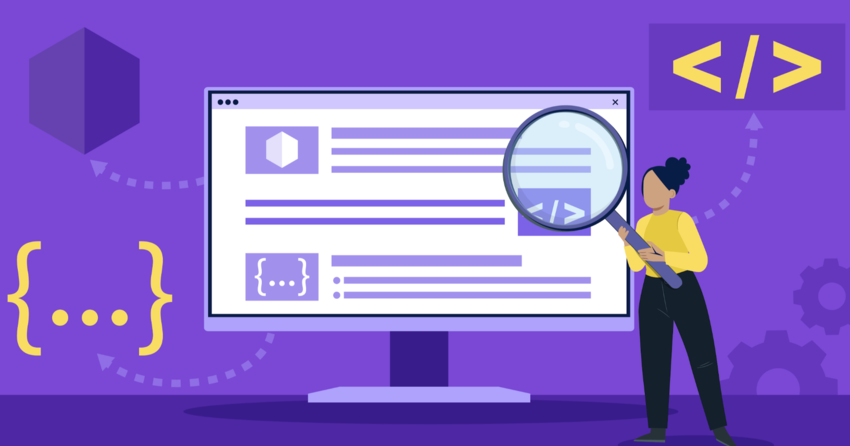Lazy loading is a technique used in web development that defers the loading of resources until they are actually needed, optimizing website performance. If you’re looking to improve the speed and efficiency of your website, this can be a valuable tool in your arsenal. Let’s go through everything you need to know.
Defining Lazy Loading
Lazy loading is a method of delaying the loading of resources on a website until they are required, enhancing webpage speed and conserving bandwidth. Essentially, it’s about loading only what’s necessary, when it’s necessary. Think of it as a way to make your website more considerate of resources. It waits to load images, videos, and other elements until the user scrolls down and they come into view.
How Does Lazy Loading Work?
Lazy loading operates by identifying non-critical resources and deferring their loading until they are actually needed. Consider this approach as a smart way to manage how your website delivers content. This is primarily achieved by using JavaScript or HTML attributes to detect when an element is about to enter the viewport, at which point the resource is loaded.
Initially, the browser only loads the resources needed for the content that is immediately visible, the “above-the-fold” content. Subsequently, placeholders or low-resolution versions might be used for resources that are “below the fold”. Then, once you begin to scroll, the lazy loading script springs into action, detecting these elements and replacing the placeholders with the actual resources.
This technique can be applied to various types of content, including images, videos, iframes, and even JavaScript code. Furthermore, the goal is always to reduce the initial page load time and improve the user experience. Overall, lazy loading not only speeds up your site but also reduces bandwidth consumption, which is particularly useful for mobile users or those with limited data plans.
Code Splitting and Lazy Loading
Besides images, code splitting is another important way to implement lazy loading. Fundamentally, code splitting is the practice of breaking down your JavaScript, CSS, and HTML code into smaller chunks. Then, these smaller pieces are loaded only when they are needed. This is particularly beneficial for single-page applications (SPAs) or large websites where loading all the code upfront can significantly slow down the initial load time.
You can use import() statements in JavaScript, allowing you to load modules on demand. Therefore, only the necessary code is fetched when a specific route is navigated to or when a particular component is rendered. Similarly, in CSS, you can use media queries to load different stylesheets based on the device or screen size, ensuring that only the relevant styles are applied.
You can split a CSS file into multiple files. This can help reduce the amount of time that a browser is blocked from rendering the rest of the page. Use media property to tell the browser when to load.
Code splitting in conjunction with lazy loading provides a robust solution for optimizing web performance by ensuring that resources are loaded efficiently and only when necessary.
Native Lazy Loading
Since its standardization, native lazy loading has become a straightforward and efficient way to implement lazy loading without relying on JavaScript. Browsers now natively support the loading attribute for <img> and <iframe> elements, making it easier than ever to defer the loading of off-screen images and iframes.
Basically, the loading attribute accepts three values:
- lazy: Defers the loading of the resource until it reaches a calculated distance from the viewport.
- eager: Loads the resource immediately, regardless of its position on the page.
- auto: The browser decides whether or not to lazy load the resource.
Moreover, using native lazy loading is as simple as adding the loading=”lazy” attribute to your <img> or <iframe> tags. Consequently, this tells the browser to wait until the element is near the viewport before downloading the resource.
This approach is not only easy to implement but also provides a performance boost without the need for complex JavaScript code or external libraries.
Intersection Observer API
As an alternative, the Intersection Observer API offers a flexible way to implement lazy loading with more control and customization. This API allows you to monitor when an element enters or exits the browser’s viewport, enabling you to trigger the loading of resources dynamically.
The Intersection Observer API works by setting up a callback function that is executed whenever the observed element intersects with the viewport. You can use this callback to load the resource associated with the element. As an example, you might replace a placeholder image with the actual image when it comes into view.
You can use the API for more than just loading images, creating trigger animations, loading additional content, or performing other actions when an element becomes visible. The Intersection Observer API provides a robust and efficient way to implement lazy loading with fine-grained control over the loading process.
WordPress and Lazy Loading
For those using WordPress, implementing lazy loading has become increasingly straightforward with the introduction of native lazy loading in WordPress 5.5.
WordPress automatically adds the loading=”lazy” attribute to <img> tags, making it easy to improve the performance of your website without any coding. For those using older versions of WordPress or who need more control over the lazy loading process, several plugins are available. Some popular options include:
- Smush: Optimizes images and provides lazy loading capabilities.
- Lazy Load by WP Rocket: A lightweight plugin specifically designed for lazy loading.
- Autoptimize: Optimizes various aspects of your website, including lazy loading.
Overall, these plugins offer a range of features and settings to fine-tune the lazy loading behavior, ensuring that your website loads quickly and efficiently. Whether you opt for native lazy loading or a dedicated plugin, WordPress makes it easy to implement lazy loading and improve the user experience.
Lazy Loading for Videos and iFrames
Besides images, lazy loading can also be effectively applied to videos and iframes to further optimize web performance. These resources can often be large and resource-intensive, so deferring their loading until they are actually needed can have a significant impact on page load times.
For videos, you can use the same loading=”lazy” attribute as with images, telling the browser to wait until the video is near the viewport before loading it. You can use a placeholder image or a low-resolution preview to indicate that a video is available, encouraging you to interact with the video when you are ready.
For iframes, which are often used to embed content from external sources, lazy loading can be particularly beneficial. By using the loading=”lazy” attribute, you can prevent these iframes from loading until they are actually needed, reducing the initial page load time and improving the overall performance. Technically, this can be used to hold ad content that will show after the page is loaded and the user is scrolling through the page.
Impact on SEO
Now, you might wonder how lazy loading impacts your website’s search engine optimization (SEO). Implementing lazy loading correctly can have a positive effect on your search engine rankings.
First, faster page load times are a crucial ranking factor for search engines like Google. By improving your website’s loading speed with lazy loading, you can enhance the user experience and reduce bounce rates, both of which can boost your SEO. With this technique, search engines will crawl and index your site more efficiently.
One possible strategy is to use a JavaScript library or technique that is compatible with search engine crawlers, ensuring that all your content is properly indexed. Also, be mindful of how you implement lazy loading, because poor implementation can lead to content being missed by search engines, negatively impacting your SEO.
Common Pitfalls and How to Avoid Them
When implementing lazy loading, there are a few common pitfalls that you should be aware of and how to avoid them. Being mindful of these can help ensure that you reap the benefits of lazy loading without introducing new issues.
First, one common mistake is to lazy load elements that are above the fold, which are immediately visible to the user when the page loads. This can result in a poor user experience as elements may take longer to appear, leading to frustration and a higher bounce rate. Make sure that you only lazy load elements that are below the fold.
Secondly, you want to make sure that your resources are still accessible to everyone, even with JavaScript disabled. Remember, not all browsers or devices support JavaScript. It’s recommended that you provide fallback solutions such as the <noscript> tag. Search engine crawlers need to be able to access your content, or you won’t be ranked.
Finally, thoroughly test your implementation across different devices and browsers to ensure that it works as expected and doesn’t introduce any accessibility or SEO issues.
By being mindful of these common pitfalls and taking steps to avoid them, you can ensure that your lazy loading implementation is effective and doesn’t negatively impact your website.
Lazy vs. Eager Loading
Lazy loading defers the loading of resources until they are needed, eager loading loads all resources upfront, regardless of whether they are immediately visible. Often, eager loading can result in longer initial page load times as the browser downloads all resources at once.
Eager loading might be preferable for small websites with few resources and it could work if those resources need to be immediately available.But for most modern websites it’s recommend lazy loading as it provides a better balance between performance and user experience.
Examples of Lazy Loading
If you visit an e-commerce website, you might see product images that are initially blurred or low-resolution. Then, as you scroll down the page, the images become clear as they are lazy loaded. This can help the website load quickly and you will also not have to wait for all the product images to download before viewing the first few items.
For example, news articles often contain a lot of images and embedded videos. News sites use lazy loading so that they can have their content load quickly and keep you engaged and if you scroll, you can see the media as you need it.
Social media platforms such as Facebook and Instagram use lazy loading to efficiently display content in your feed. When you scroll down, the platform dynamically loads more posts and images, providing a smooth and seamless experience without bogging down your device.
These examples highlight the versatility of lazy loading and its ability to enhance the performance of a wide range of websites and applications.
Summary
Lazy loading is a powerful technique that can significantly improve your website’s speed, efficiency, and user experience. By deferring the loading of non-critical resources until they are actually needed, you can reduce initial page load times, conserve bandwidth, and boost your search engine rankings.
With this technique, you can create a website that is faster, more user-friendly, and more efficient. The technique also allows the website to be accessible to as many people as possible. The end result is you and your website visitors both benefiting.






